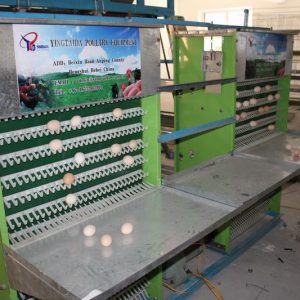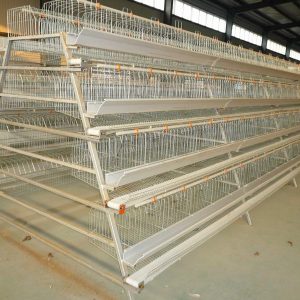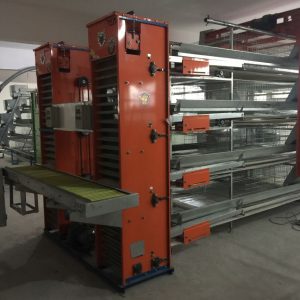
Current latest spring layer management strategy
Spring is the peak season for laying hens. When the egg production rate reaches more than 80%, it enters the peak egg laying period, and the peak can reach more than 90%. Therefore, measures should be taken during peak egg production to ensure normal egg production during peak egg production.
1. Immunization
With the arrival of spring, pathogens, animals and insects that spread the disease begin to breed and develop, and then enter the high incidence area of the disease, so the vaccination of related diseases should be done well in spring.
2. Disinfect chicken
In order to further improve the prevention of chicken diseases, on the basis of the immunization of the corresponding epidemic diseases, the source of infection should be eliminated by spraying chickens with disinfection. In the early spring when the temperature is low, the temperature in the chicken house should be increased by 2℃ before spray disinfection. 3℃, and the composition of the disinfectant used every three consecutive times cannot be the same.
3. Temperature and humidity control
The temperature in spring in the northern region is extremely unstable. In order to prevent affecting the performance of laying hens in high-yield layers, the temperature and humidity in the chicken house should be strictly controlled by increasing temperature and keeping warm or ventilating and cooling on the basis of disease prevention and feed nutrition. 18℃~25℃ and 55%~60%.
4. Reasonable light
In the spring, with the extension of natural light time, the light supplement time should be gradually shortened to prevent the production of egg fatigue syndrome, decreased egg production rate, and increased broken eggs due to too long light time. It is strictly prohibited to exceed 17 hours.
5. Improve hygiene
In order to effectively control the occurrence, epidemic and outbreak of epidemics, on the basis of other management and nutrition, regularly clean up on time, do a good job in the environmental sanitation of the chicken house, and deal with it harmlessly, which can reduce the reproduction of pathogenic microorganisms, and Can reduce secondary infection and spread.
6. Feeding and picking eggs
In order to reduce stress, stabilize egg production rate and reduce broken eggs, it should be fed regularly 3 times a day, and eggs are picked twice in the morning and afternoon, and fed at 6-7, 12-13, 18-19 respectively , Pick eggs at 12-13, 17-18 o’clock respectively.
7. Insect-proof, bird, rat, beast
Insects, birds, rats, and beasts can not only cause feed waste during the stealing and drinking, but also cause a certain degree of biological pollution to the feed and drinking water through the pathogens they carry. , Catching animals, etc. reduce the spread of the disease.
8. Personnel management
Strictly control and sterilize personnel and vehicles entering the chicken farm, and foreigners are strictly prohibited from entering the chicken house. Destroy or harmless treatment.


